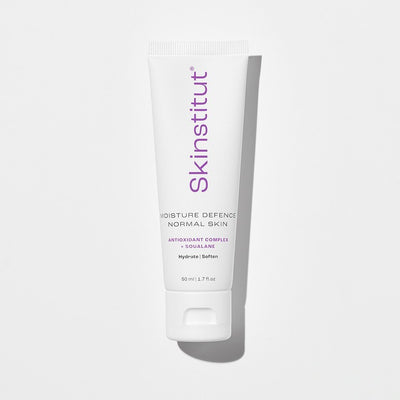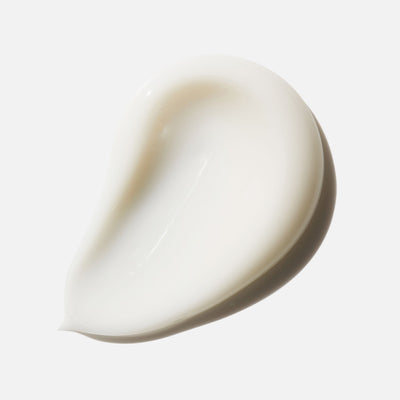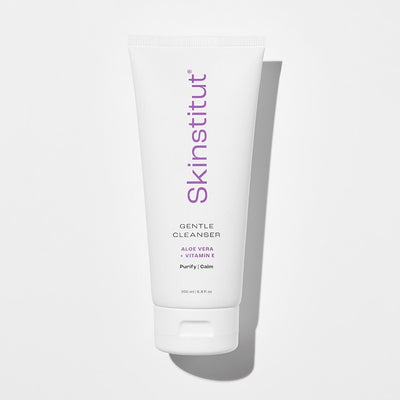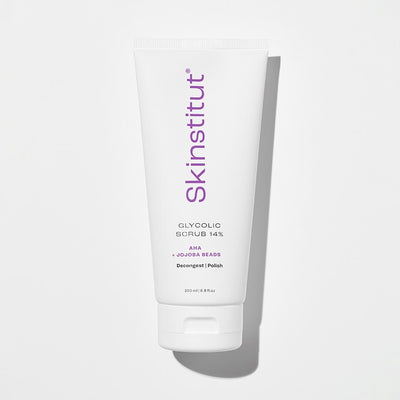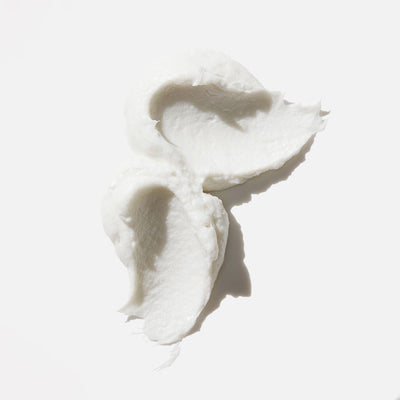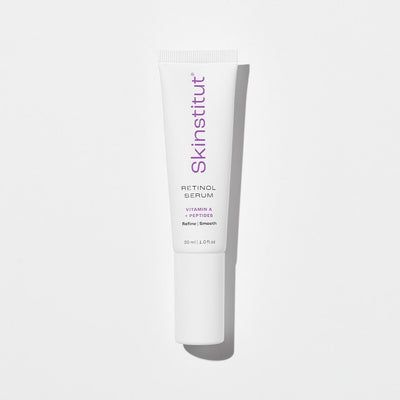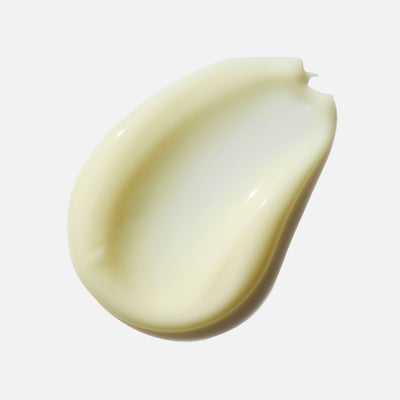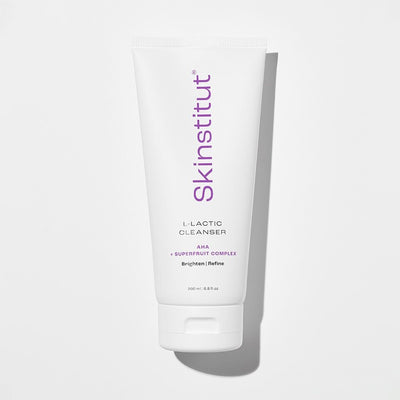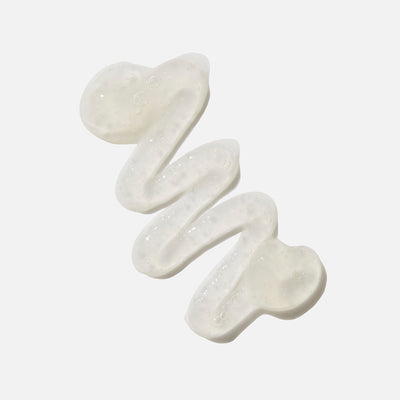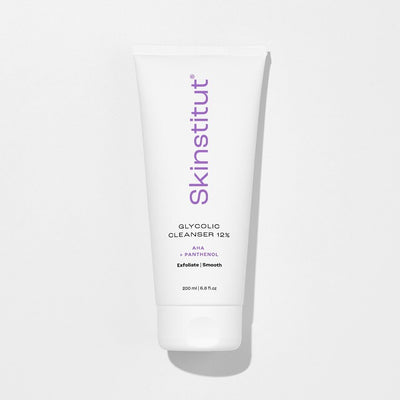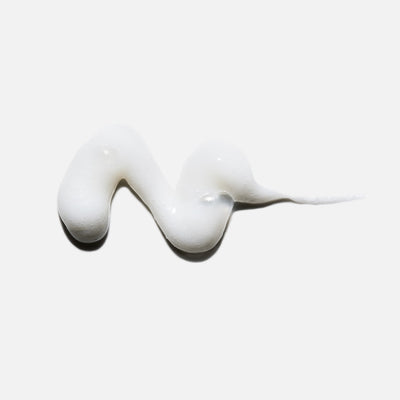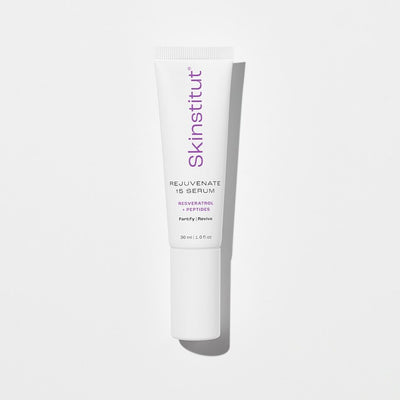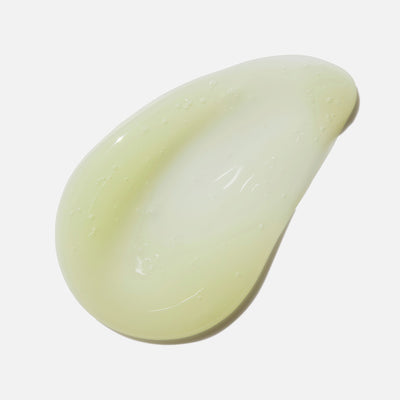One thing we know for sure is that dry skin is never a good thing. But with the right ingredients, it’s 100 per cent possible to transform a tight, flaky complexion into one that’s plump and bouncy.
First, let’s clarify what we’re talking about: dry skin is a static skin type and it occurs when there’s a lack of oil. It’s different from dehydration, which is a temporary concern that comes about when the skin is low on water. Of course, these two issues don’t always exist in isolation, but now that the cooler weather has well and truly settled in, we thought it would be helpful to cover all bases.
Below, we discuss how to rescue dry skin during winter, from routine hacks to our favourite ingredients.
Signs of dry skin during winter
Dry skin can happen year-round but harsh environmental conditions can exacerbate things. Symptoms can include visible flaking, especially around the nose and mouth, plus a dull, lacklustre complexion. You might also experience tightness, redness and itchiness, as well as pronounced fine lines (if you find your concealer creases, this could be why). Your skin might also feel rough to the touch.
Causes of dry skin during winter
Dryness (and dehydration) worsen during the winter months due to wind, cool temps, low humidity, internal heating and hot showers. These weaken the skin barrier, triggering increased transepidermal water loss and stripping skin of its natural moisture. This compounds dryness and irritation, leaving the skin in a pretty vulnerable state.
6 ways to care for dry skin during winter
With all that being said, it is very possible to save dry skin during the winter with some easy swaps and habits.
- Avoid piping-hot showers: We’re not going to tell you to take a cold shower, but we are going to reiterate the fact that super-hot water is going to damage your skin barrier. If you really can’t go without, at least keep your face out of the direct spray.
- Try a different cleanser: Using an oil-based cleanser is a good idea for so many reasons, and it’s especially useful for dry skin. Not only will it remove makeup and sunscreen, it will also provide extra nourishment.
- Use a face oil twice daily: This is one of the easiest and most effective ways to replenish lost lipids during the cooler months. Our very own Multi-Active Oil is light enough to apply under moisturiser yet it’s packed with plant oils to soothe and soften.
- Don’t skip exfoliation: Dryness can cause a build-up of rough skin cells, preventing moisture absorption while contributing to a dull complexion. Focus on gentle exfoliation a few times a week (Enzymatic Micro Peel is a top choice).
- Apply a barrier cream while you sleep: Ever heard of slugging? Smooth a thick layer of an occlusive moisturiser before bed to lock in hydration while strengthening the skin barrier for a softer complexion come morning.
- Incorporate a weekly hydrating mask: For an instant moisture boost, use a face mask. Our Hydrating Mask is rich and balmy – the perfect remedy for tight, dry winter skin.
When to see a professional for dry skin
Doing all of the above and still struggling with discomfort or severe symptoms like peeling and cracking? You might benefit from a professional treatment. Fortunately, we work closely with Laser Clinics and have developed a few hydrating treatments that are guaranteed to improve skin health on a deeper level.
6 ingredients you should have in your winter skincare routine
We can’t talk about dry skin without mentioning a few of our favourite cosmeceutical ingredients…
Niacinamide
Category: Vitamin, antioxidant
Niacinamide is the active form of Vitamin B3 and is a rightfully popular ingredient that offers a range of benefits.
It works to fortify the skin’s surface by boosting the production of ceramides, thereby restoring the barrier and preventing moisture loss and dehydration. So, while Niacinamide doesn’t directly hydrate the skin, it reduces the transepidermal water loss that can occur when the barrier is impaired. Smart!
As a bonus, it also refines pores,[RR1] [RR1][AN2] [AN2] unifies skin tone, regulates sebum production and helps reduce post-acne marks. No wonder it has achieved icon-like status in the skincare world.
Try: Expert Restore Niacinamide Replenishing Cream
Try: Multi-Active Mist
Hyaluronic Acid
Category: Humectant
You’ve likely heard of Hyaluronic Acid before, thanks to its ability to hydrate the skin. A popular humectant, Hyaluronic Acid is naturally occurring and can hold up to 1000 times its own weight in water, which means it’s useful when it comes to increasing the moisture content in skin.
Hyaluronic Acid works on the superficial layers of the epidermis, which is why you might notice an immediate plumping effect after application. Our hot tip? Prepare skin with a spritz of Multi-Active Mist [RR3] [RR3][AN4] [AN4]to ensure effective moisture absorption.
When using Hyaluronic Acid or any other humectant ingredient, it’s essential to layer it with an occlusive compound like Shea Butter to seal in the moisture. Check out Repair Balm or Moisture Defence Ultra Dry.
Try: Multi-Active Mist
Try: Moisture Defence Normal Skin
Lactic Acid
Category: Alpha-Hydroxy Acid
Lactic Acid is an Alpha-Hydroxy Acid (AHA) that exfoliates the skin's surface, dissolving the glue that holds dull, expired cells together. It also boasts hydrating properties and can help to stimulate the production of natural moisturising factors found in our skin.
Because it has a larger molecule size than other AHAs (such as Glycolic Acid), it’s gentle enough for use on sensitive skin, too.
Try: L-Lactic Cleanser
Glycerin
Category: Humectant
Glycerin might not get as much airtime as Hyaluronic Acid, but it’s another fantastic humectant that works incredibly well to rehydrate and plump up the skin.
While Hyaluronic Acid attracts moisture to the skin, Glycerin has a slightly smaller molecular structure, so it’s able to penetrate the epidermis more effectively and is known to pull water from within the skin. It is excellent when used in conjunction with Hyaluronic Acid or other humectants, offering long-lasting hydration and a bouncy skin texture.
Try: Multi-Active Mist
Try: Moisture Defence Normal Skin
Try: Hydrating Mask
Try: Ultra-Firming Eye & Neck Cream
Trehalose
Category: Sugar, antioxidant, humectant
Trehalose is actually a sugar, lauded for its moisturising properties and antioxidant benefits. It’s commonly found in plants, where it’s thought to help with cellular repair after exposure to extreme temperatures.
As for skin benefits, Trehalose works to prevent oxidative damage, as well as stimulate our natural moisturising factors. It also draws water into the skin, supporting healthy hydration levels.
Try: Repair Balm (tip: Repair Balm can be layered on top of your night-time skincare products to lock in moisture – this is one of our go-to dry skin in winter home remedies).
Panthenol
Category: Vitamin, humectant
Panthenol, also known as Provitamin B5, is another ingredient that falls into the humectant category, because of its ability to attract and retain water. When applied, it converts to Pantothenic Acid, which is made up of naturally occurring water-soluble molecules that work to improve hydration levels.
It’s also thought to be a great soother, making it useful for those with red, sensitised or easily irritated skin.
Try: L-Lactic Cleanser
Try: Hydrating Mask
Want more intel on dry skin? Next up, read our guide to barrier care.
Sources:
https://www.mayoclinic.org/diseases-conditions/dry-skin/symptoms-causes/syc-20353885



